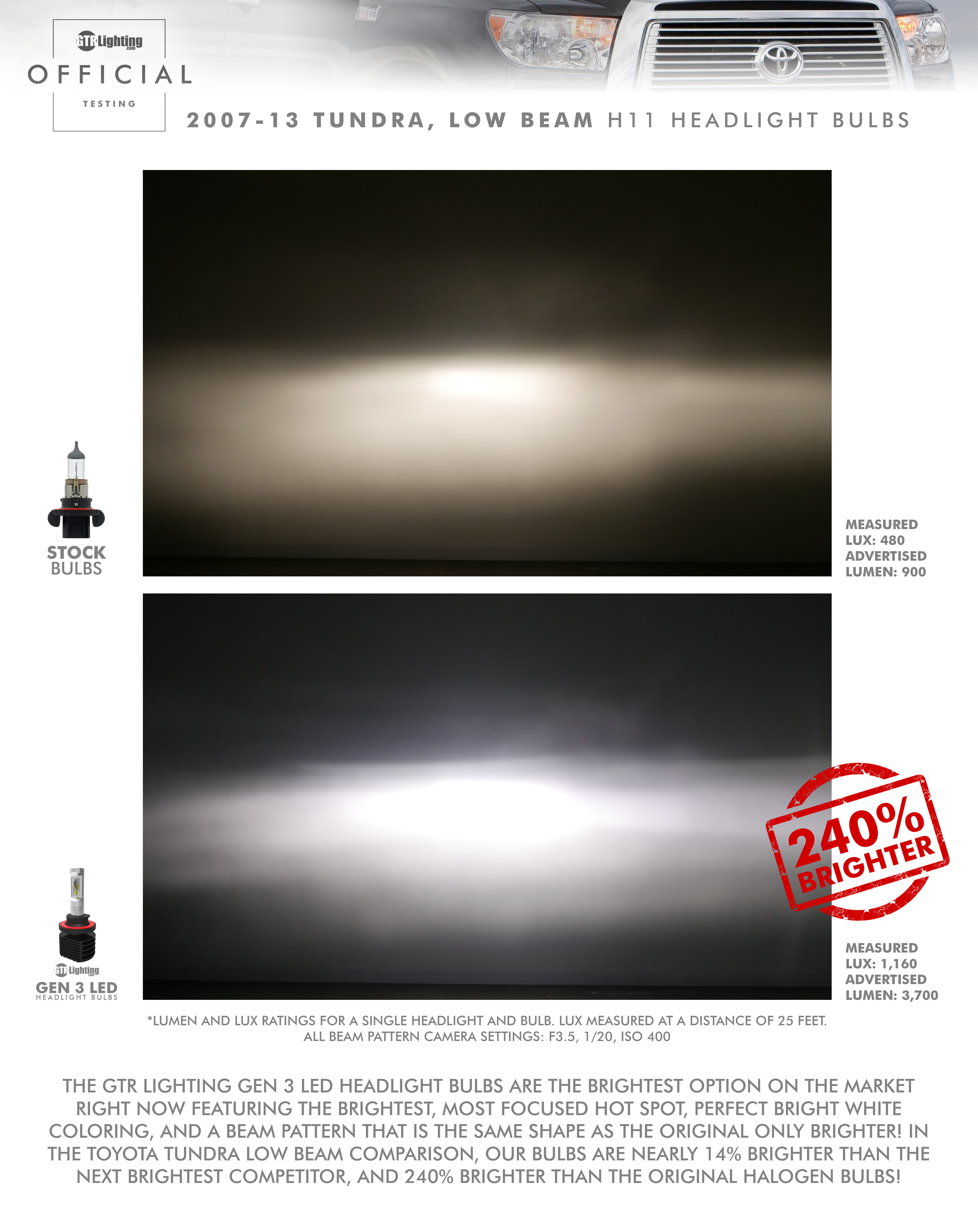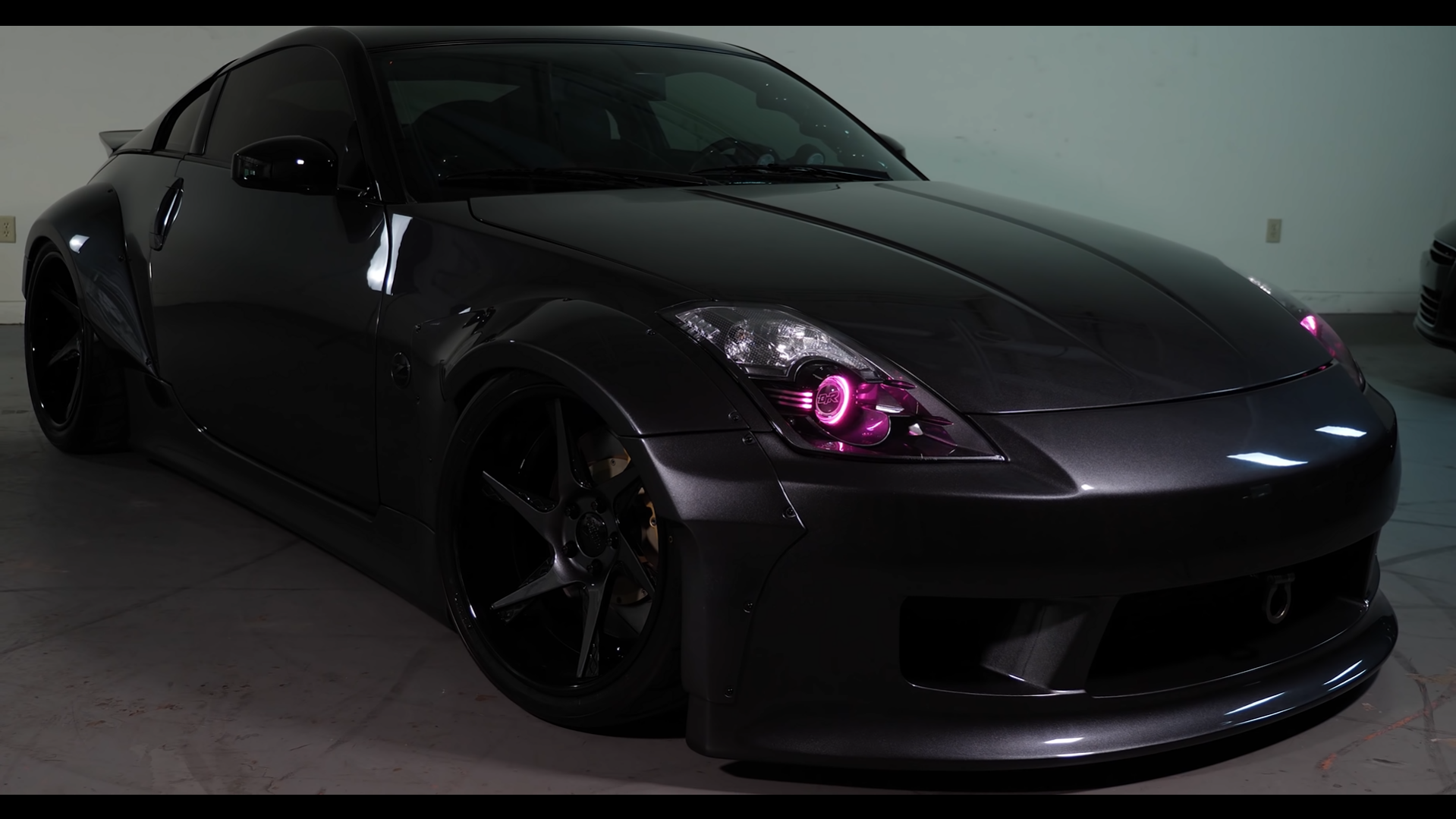How Long Do Halogen, LED, and HID Bulbs Last? Bulb DEGRADATION Explained
Do you want to know how to fix your dim headlights, and why they dim down? We have all the answers to your questions!
If you have headlight bulbs that are a few years old, chances are they are not as bright as they used to be. This process is called headlight bulb degradation. Degradation is the process of degrading or lowering to a less effective level. When bulbs degrade, they slowly dim over time.
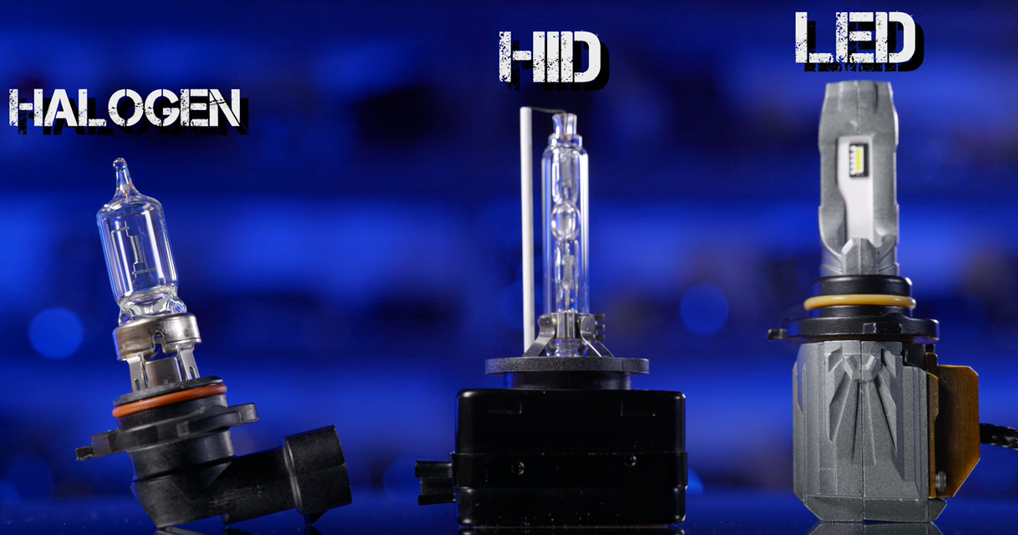
This process happens over a longer period and applies to all types of headlight bulbs – halogen, HID, and LED. It does not matter if the bulbs or OEM or aftermarket, bulb degradation is imminent.
How do halogen bulbs degrade over time?
Most vehicles come standard with OEM halogen headlights. Halogen bulbs have the shortest lifespan and have the highest potential for bulb degradation. Inside the glass capsule on your halogen bulb, there is a wire round tungsten filament. One side of the filament will receive positive voltage while the other side receives negative voltage. When these voltages combine, the round tungsten filament will become extremely hot. The gas contained within the bulb is called halogen which prevents the filament from overheating and potentially starting fires. Now you understand the name behind halogen bulbs. Constantly re-processing the on and off cycle of the halogen bulb will eventually lead to the degradation of the tungsten filament. The more you use halogen bulbs, degradation increases, and you have less filament. The less tungsten filament you have leads to less glow, which means brightness starts to fade.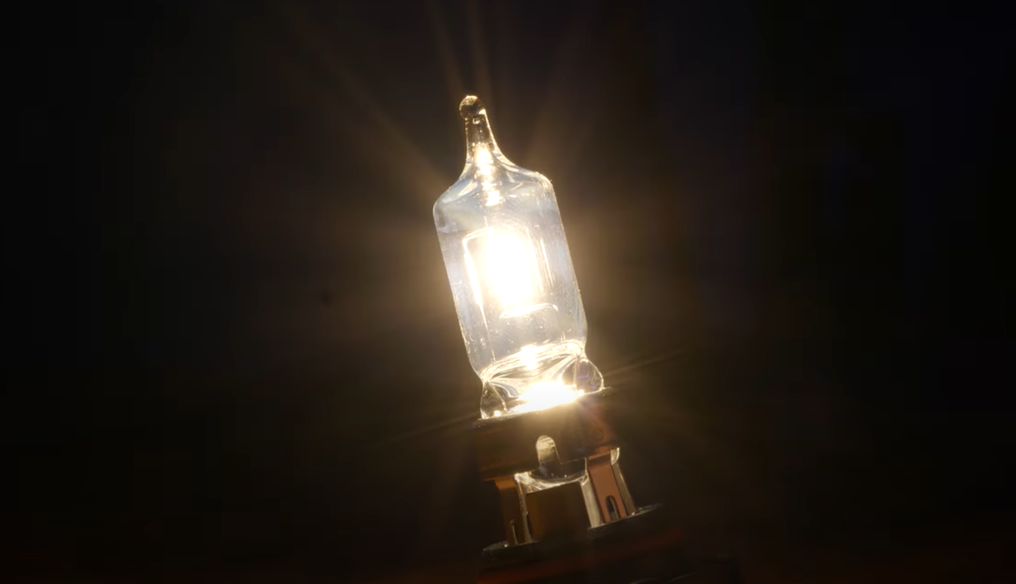
Halogen headlight bulbs only have a rated lifespan of 500-1000 hours depending upon the power, the brand, and the style of bulb that you are using. During the estimated lifespan, you will experience up to 70% to 80% light degradation before the bulb even reaches the end of its usable life. As a driver, 80% less brightness is going to be a huge issue. It is important that you upgrade your halogen bulbs before the end of the estimated lifespan. You can upgrade your headlights to new halogen headlight bulbs, or you can upgrade to a different technology like HIDs or LEDs. HIDs and LEDs will be significantly brighter than your OEM halogen bulbs.
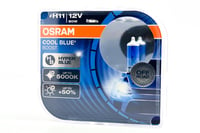 Shop the best options for your halogen bulb upgrades at Headlight Revolution
Shop the best options for your halogen bulb upgrades at Headlight Revolution

How do hID bulbs degrade over time?
Most older vehicles you see on the road today will come standard with halogen headlights. Nowadays, more and more car manufacturers are producing vehicles that come from the factory with HID headlights, also known as bi-xenon headlights. This technology was introduced to automotive lighting about 20 years ago. Instead of having a filament inside of the bulb, HIDs have an outer shell made of glass and an inner capsule filled with chemicals. Some of these chemicals can be xenon gas, metal halides, and minerals. When you give power to the bulb, it creates an arc inside of the HID. That arc jumping from positive to negative through the chemicals will ignite into plasma and create the light source. This light source is going to be incredibly bright compared to the old halogen bulbs. Because HIDs use a chemical mixture, you can get different colors based on which Kelvin temperature might suit you better. If you would like to learn more about different Kelvin temperatures, make sure to read our article about HID color temperature and Kelvin explained.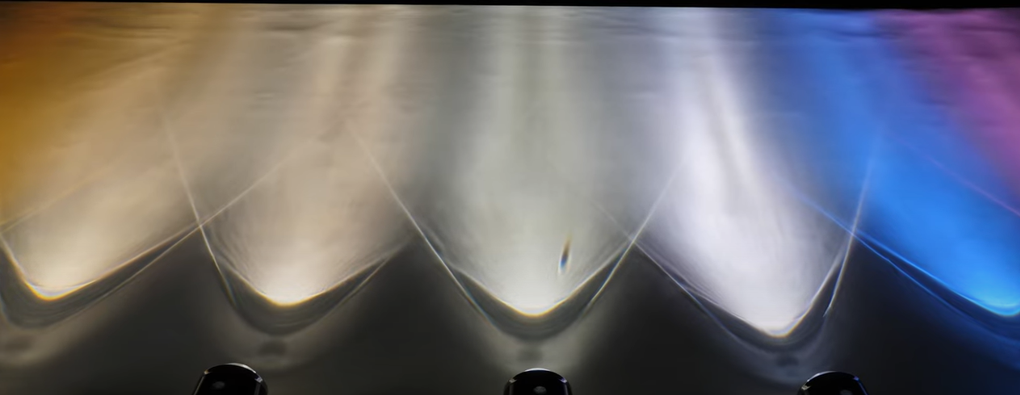
Just like halogen bulbs, over time the on and off process of heating and cooling the HIDs will cause degradation. The chemicals inside the capsule that holds the gas and metal salts will degrade slower than a halogen bulb would. On average, HID bulbs are estimated to last for 5,000 hours. While this is 10x better than the halogen bulbs you replaced, HIDs will still suffer from the degradation of light over time. Unlike the 70% to 80% degradation seen in halogen bulbs, you will see 40% to 50% degradation in HIDs by the end of the estimated lifespan.
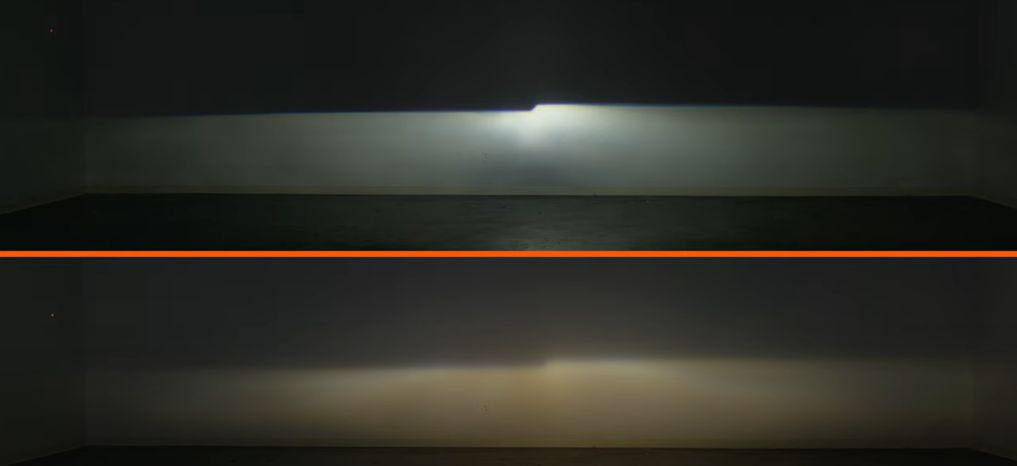
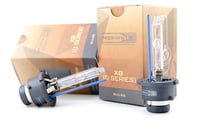 Shop the best options for your HID upgrades at Headlight Revolution
Shop the best options for your HID upgrades at Headlight Revolution

How do LED bulbs degrade over time?
LED bulbs are the newest product you can get as a headlight bulb option
- Brightest option available
- Longest lifespan
- Least amount of degradation
- Very low maintenance
With these qualities, you can see why LEDs might be a good choice to use as your light source. LED headlight bulbs are going to be 3 to 6 times brighter than your halogen bulb and can be 2 to 4 times brighter than some HID systems. LEDs have the longest lifespan of 50,000 hours of useable time. Compare that to 5,000 hours with HIDs and you will understand why LEDs are such a popular upgrade. Within those 50,000 useable hours, you are only going to experience 20% to 30% bulb degradation. That means while the halogen and HID bulb will be dimming 50% to 80% over their lifetime, the LED will still be running at only 20% degradation.
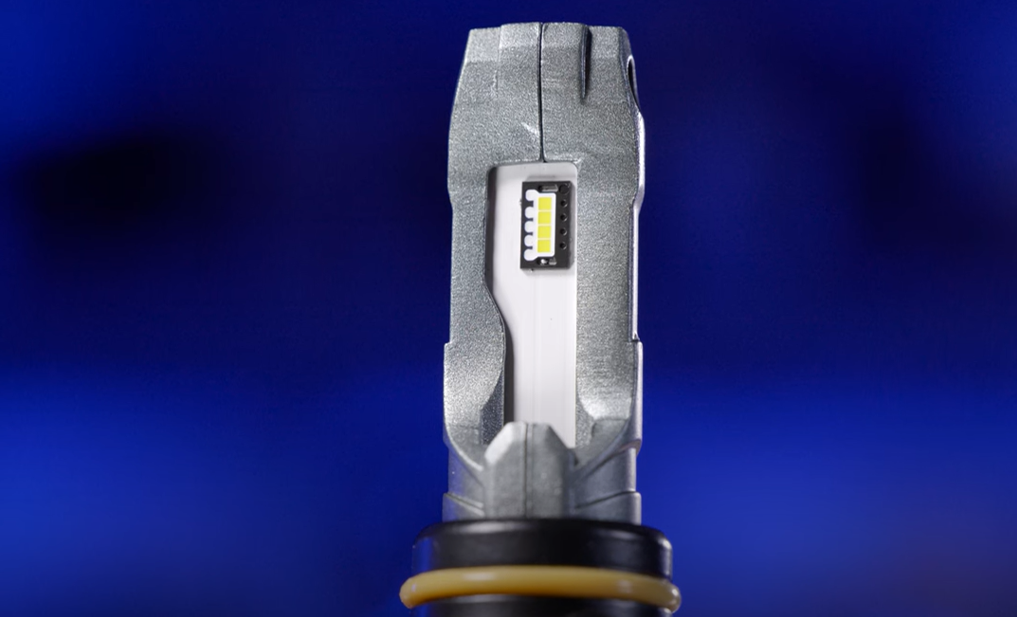
To understand how degradation occurs in LEDs, you must understand how an LED bulb functions. The part of the bulb that creates the light source is called an LED diode, located on the stock of the LED bulb. LED diodes are made from semiconductor material which also gets hot and cold; however, these diodes are much more robust than other light sources and can withstand heat cycling better than other options. The constant on and off heat cycling of the LED bulb is what causes the 20% to 30% bulb degradation over the lifespan. Again, this is a much lower rate of degradation than both halogen and HID bulbs.
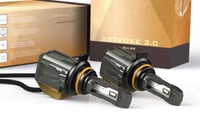 Shop the best options for your LED upgrades at Headlight Revolution
Shop the best options for your LED upgrades at Headlight Revolution

CONCLUSION
Now that you know the differences between Halogen, HID, and LED, you can feel confident in making your next headlight upgrade. The only other problem that you could potentially run into would be a catastrophic failure. This failure is often what people refer to as a “burnt-out bulb.” This can happen to bulbs when the filament snaps or if something inside the capsule stops making a connection. This can also happen to LEDs if the fan or LED driver fails before the end of their estimated lifespan. This is a huge reason to make sure you are getting your parts from a quality and reputable brand that stands behind its products.
Not only do we know our stuff about lighting technology, but we also have an incredible team of customer service experts that are eager to help you figure out what the right upgrade is for your vehicles.
We hope this explanation helps and if you are interested in seeing what lighting upgrades we have for your vehicle, you can see what we have available here!
If you are more of a visual learner, be sure to check out our video covering headlight degradation and why your headlights lose brightness over time. While you are there, make sure to like and subscribe to our channel for the latest lighting upgrades for your vehicle.
Have any questions about the products we mentioned? Contact us today, and our customer service team would be happy to help.
Note: HID and LED bulbs are street legal in the USA for Fog Light use only. Not compliant with DOT / FMVSS108 and not street legal in the USA for Headlights. Legal for off-road use in Snowmobile and ATV headlights and off-road racing use only auxiliary or forward lighting. International street legality varies by country. For detailed clarification on on-street use, CLICK HERE. All LED and HID bulbs from all other brands, regardless of marketing claims, are prohibited from street use in halogen headlights in the USA.

